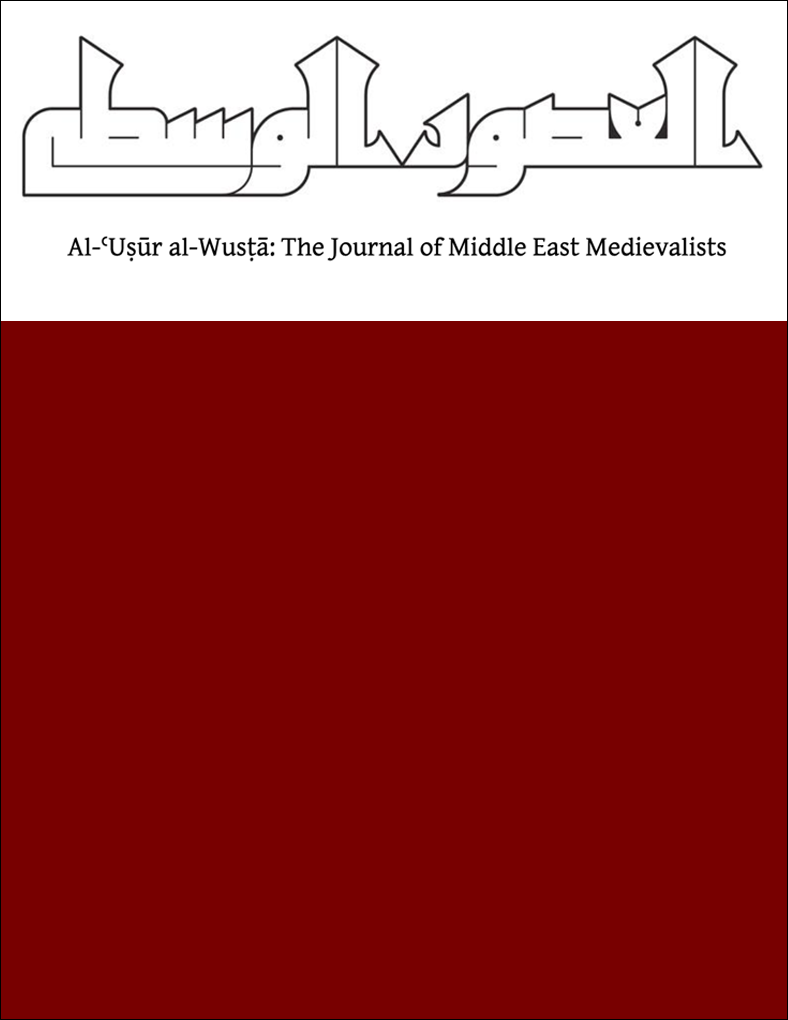Abstract
Upon the Mamluk takeover of Sis in 1375 CE, the former Queen Mariun of the Armenian state of Cilicia was taken into captivity and held first in Aleppo and then in Cairo. From there she traveled to Jerusalem, where she lived until her death. Her tomb at the Sts. James Monastery in Jerusalem is often mentioned in medieval and postmedieval texts, but the information in later historiography concerning Mariun and some of her contemporaries who survived the fall of the Armenian kingdom and lived through the fourteenth century has been subject to inaccuracies. This article considers some of these accretions and misrepresentations using textual and archaeological documentation, and reconstructs several key episodes in the life and afterlife of Mariun. The story of this remarkable noblewoman crosses the political realms of at least three Mediterranean communities—Armenian, Mamluk, and Latin—and reflects the scope of the ever-changing geopolitical complexities that continued to mark the eastern Mediterranean under Mamluk domination. Spending the final
stages of her life in exile and on pilgrimage, the former queen of Armenia appeared in the Holy City at a time when female spirituality was flourishing within self-organized monastic institutions.

This work is licensed under a Creative Commons Attribution-NonCommercial-NoDerivatives 4.0 International License.
Copyright (c) 2021 Gohar Grigoryan Savary

